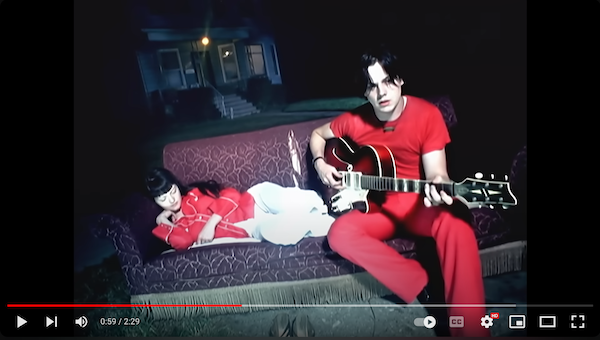
Listen to the song “We’re Going To Be Friends” by The White Stripes.
The following activities and questions are designed to help your students use their noticing skills to move through the poem and develop their thinking skills so they understand its meaning with confidence, using what they’ve noticed as evidence for their interpretations. Read more about the framework upon which these activities are based.
-
Warm-up: Look closely at this photograph “Lancaster, Pennsylvania. School child waiting for a bus in the rain.” What stands out to you in this photo? Why? Look again. What else do you see? (Teachers, if it is appropriate for your school and you have permission, you might want to find or take photos of local streets near your school and compare them to the photo.)
-
Before Reading the Poem: Listen to the song “We’re Going To Be Friends” by The White Stripes. What words or phrases from the song stand out to you? Why? What feeling does the song evoke? Why?
-
Reading the Poem: Silently read the poem “The Lonely Street” by William Carlos Williams. What do you notice about the poem? Note any words or phrases that stand out to you or any questions you might have.
-
Listening to the Poem: Enlist two volunteers and listen as the poem is read aloud twice. Listen as the poem is read aloud twice, and write down any additional words and phrases that stand out to you. You might enjoy audio of the poem being read.
-
Small Group Discussion: Share what you noticed about the poem with a small group of students. How do the resources from the beginning of class compare to the poem? How would you describe “The Lonely Street”? Why might the street be described as lonely?
-
Whole Class Discussion: What do you think about the imagery in the poem? What do the colors in the poem make you think about? What visual imagery comes to mind when you read the poem?
-
Extension for Grades 7-8: Create a collage or visual piece that represents some of the imagery found in the poem. What might a visual representation of this imagery look like? Share your piece with the class.
-
Extension for Grades 9-12: (Teachers, we suggest using Post-Its or notecards for this lesson.) William Carlos Williams was a poet and a doctor. Williams was known for writing poems on prescription pads in between seeing patients. Try writing your own poem that fits on a Post-it or notecard. What images and language come to mind when you only have a small amount of physical space? Share your poem with the class along with your thoughts on writing this way. What does this make you think about the poem you read?
“Though one high school English teacher discovered Williams’s writing talent from an early age, Williams’s mother had decided that he would study science and take up medicine like his namesake, her brother Carlos. Williams studied medicine at the University of Pennsylvania, continuing his medical training in New York City after graduation.” Read more about Williams’s job as a doctor.
